Interview : Travel Photographer Yevhen Samuchenko
5th Dec 2018
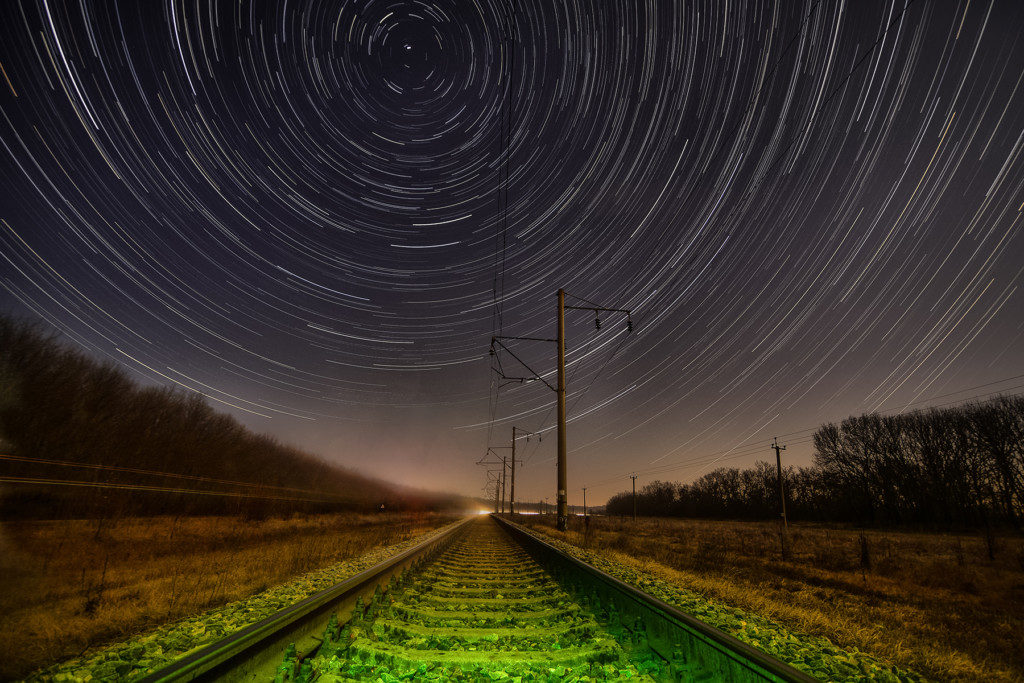
Yevhen Samuchenko is a photographer who has successfully submitted his work to many of our exhibition themes and photographic competitions. Hailing from Ukraine, Yevhen is primarily a travel photographer but he also excels at night photography. Given his involvement in so many of our exhibitions and competitions, we thought it was time that we took a deeper look at his work and asked him a few questions about his photographic endeavors.
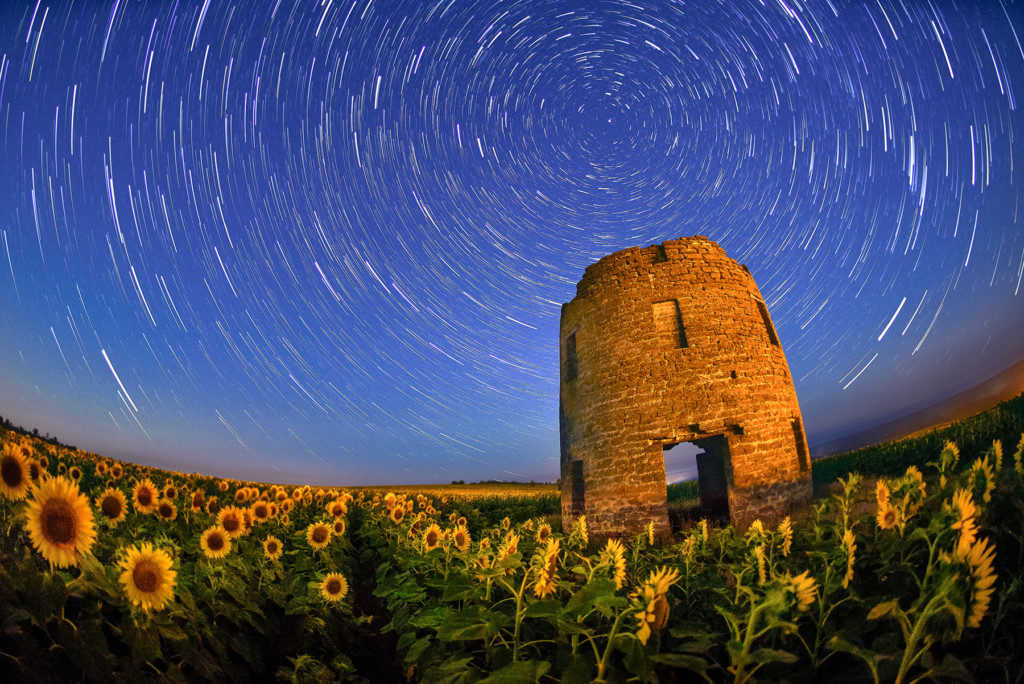
Can you tell us a little about yourself and how you got into photography?
I made my first step into photography at the age of twelve, when my father presented me with the first film camera. This was a very simple camera. A few months later, I confidently filled the film in the development tank, covered the windows in the bathroom with a blanket, to prevent flare, not allowing anybody to come in while I prepared the pictures for printing.
I started shooting my friends and acquaintances. We experimented with distance and viewpoints by taking photos where it looks like one tiny person is stood on the hand of another person. Sometimes, due to childish inattention, previously exposed films were inserted into the camera and a funny mixture of faces came out. I did not know it then but it turns out that this is called “multi-exposure”.
Soon my parents bought me some simple printing equipment – a huge thanks to them for this! I watched with my own eyes, as an image appeared on a white sheet of photographic paper, in the dim red light. Then I felt like a wizard. It still seems like a miracle to me!
But at the age of 15, I took a break from photography and it wasn’t until I turned 34, that I picked up a camera again. Only now I had replaced my old film camera with a Nikon DSLRI. It was at this point that I finally understood that is photography is my real passion. And shooting at night has allowed me to discover new horizons.
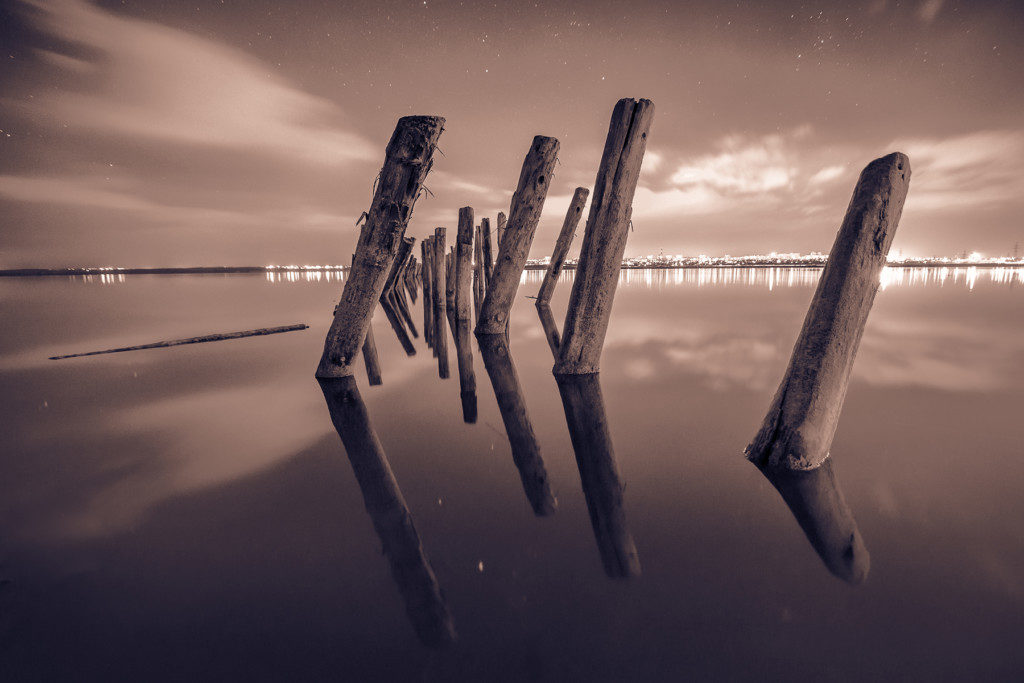
Have you had any formal photography training and if not, how did you get so good?
I have taken some photography courses for beginners and attended several workshops run by photographers who inspire me. But the main way I have developed my photography skills is through practice. I’ve tried shooting as much as possible and I analyze my pictures. I also regularly looking at the work of other good photographers on various photography websites.
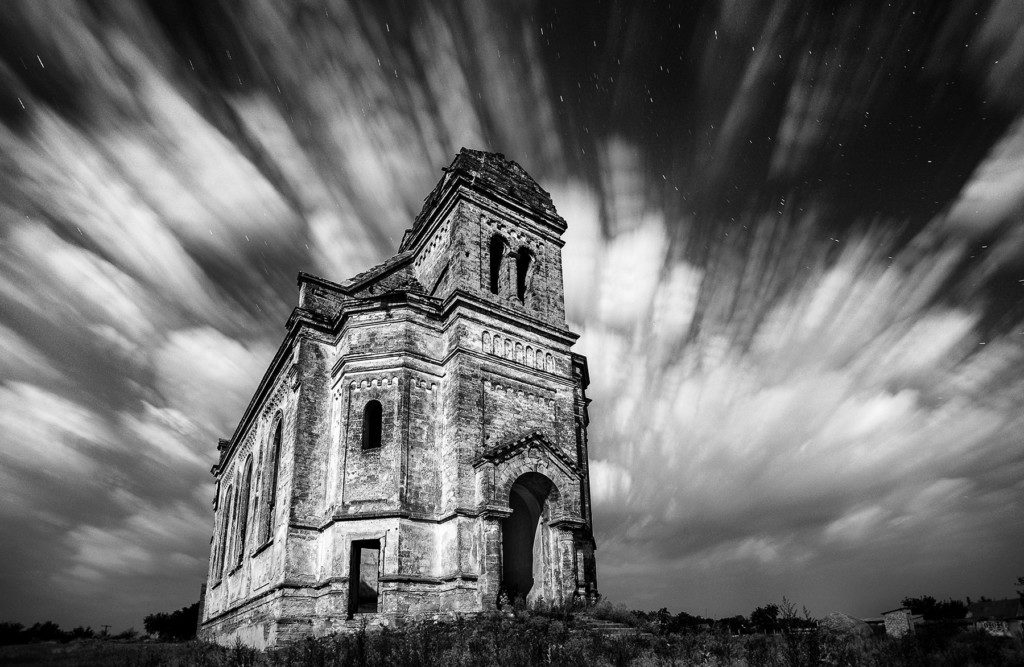
Can you describe your style of photography?
I am inspired by Mother Nature and our Universe. I see beauty in the moment and try to carefully pass it on to others through my photographic creativity. I try to create a synergy of photographic professionalism with a “boyish” approach. In my lens – LIFE. My work is very simple, and sometimes it seems extremely difficult, but at the same time it is very unsophisticated and happy. I like to refer to it as “insouciance” with a touch of “mischief”.
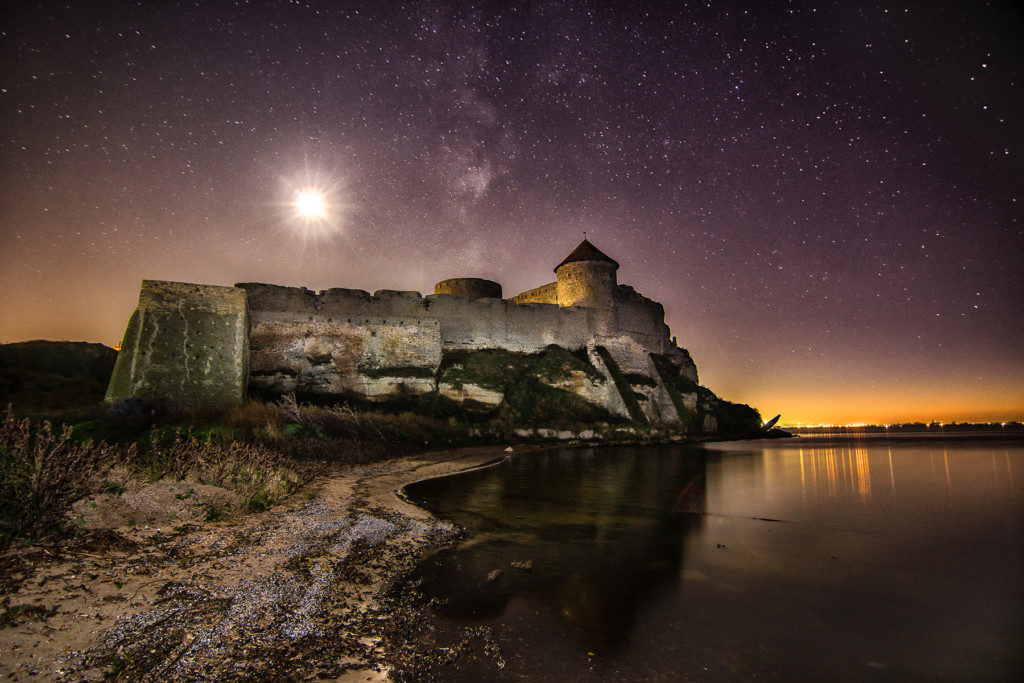
You have a particular interest in night photography. What is it about this genre that attracted you?
I love night shooting for its slow pace – you can break away from the bustle of the day, and because of the long exposure, the shooting process does not interfere with the contemplation of the starry sky. Consciously watching the majestic night sky, I feel like a single particle, becoming one with the Universe.
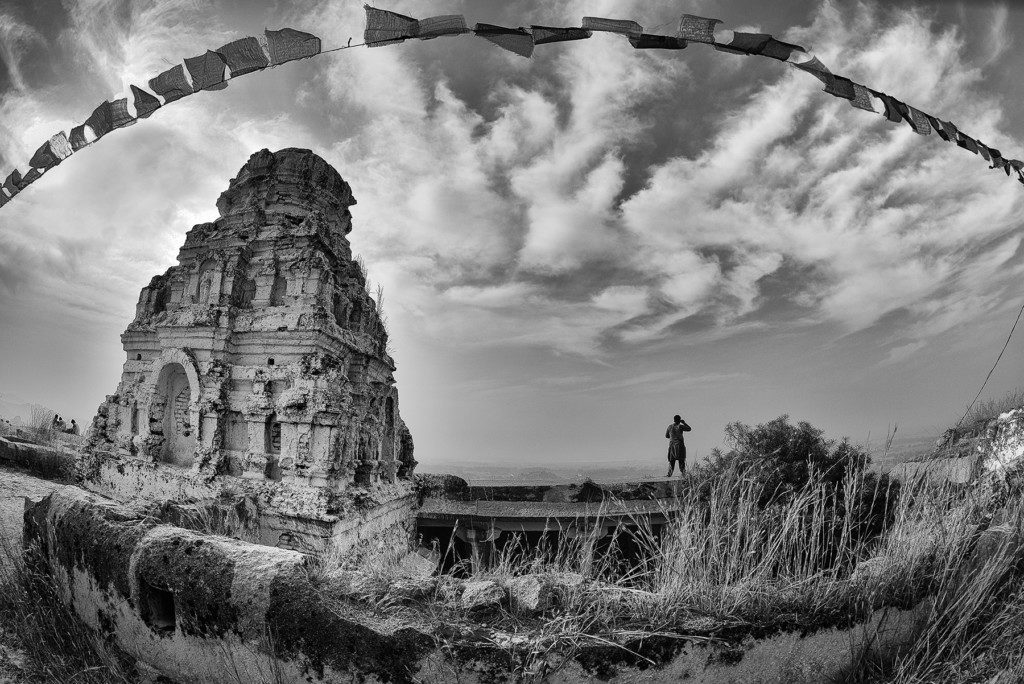
What are the main challenges that you face when taking photographs at night?
One of the most basic problems of night photography is light pollution. To see the Milky Way you need to go far enough away from a major city. At night, your camera becomes blind, and everything that you are accustomed to, what you use very well in the daytime (auto-focus, automatic expo-metering, automatic white balance, etc.) does not work at night.
Therefore, it is necessary to rely only on fully manual settings. So instead of a “smart” camera, the photographer must consider all the settings, and not be mistaken. Beginner who are just starting out with night photography are discouraged by the fact that they cannot even compose a picture through the viewfinder because nothing is visible in it.
In addition,there are problems with the “blurring” of stars due to the movement of the earth and improperly selected shutter speed, as well as fogging of the front lens during a long shooting of a series of frames for star trails.
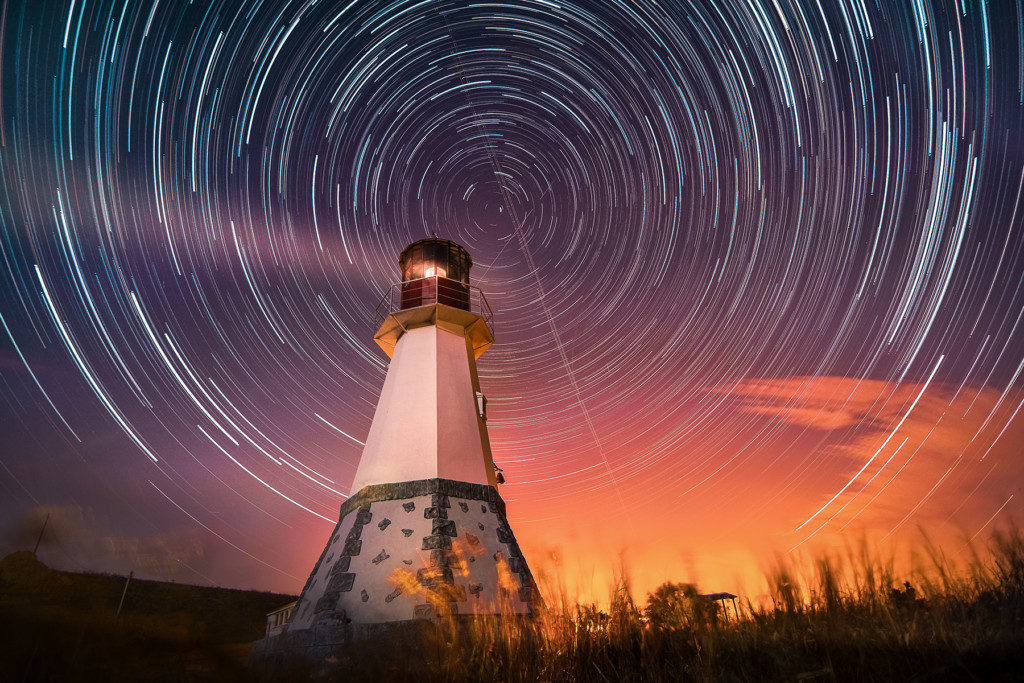
What are your top tips for capturing great photographs at night?
Think about the location for night shooting in advance. In order to determine the light pollution in the place where you are going to shoot at night, use the online light pollution map (www.lightpollutionmap.info).
Don’t just shoot “to the starry sky”, pick a good foreground, it will make your pictures really beautiful. Take into account the phase of the moon, at full moon, the moon gives a large illumination, which makes it difficult to shoot the Milky Way.
For landscape astrophotography, use large-aperture, wide-angle lenses (for example, 14 mm F2,8 for a full frame or 11 mm for a crop cameras). They will allow you to get “infinity” at a distance of several meters from the lens, even at a fully open diaphragm.
In addition, wide-angle lenses usually allow you to increase the shutter speed to 25-30 seconds, and the stars will remain “not blurred.” Use a light brush (led flashlight or external soft flash) to softly highlight the foreground. Do not be afraid to raise ISO too much – a night photo requires it.
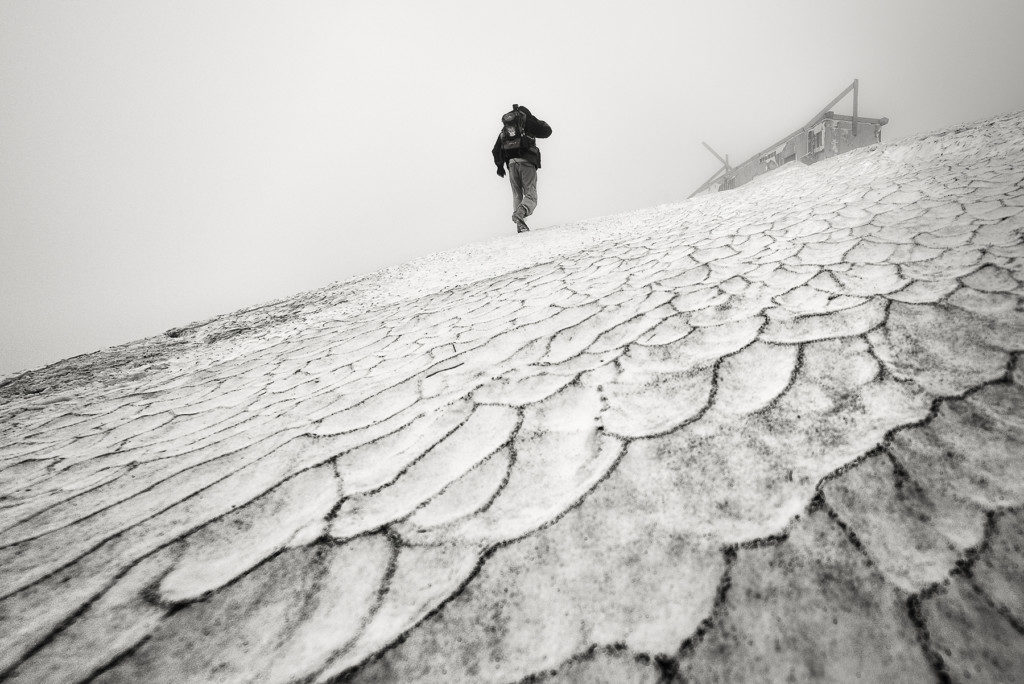
You also do a lot of travel and street photography. Where is your favourite place to shoot?
I love to shoot street photography in Asia, especially in Nepal and India. I find a lot of street stories and scenes in Nepal in Kathmandu, and in India my favorite city for street shooting is Varanasi.
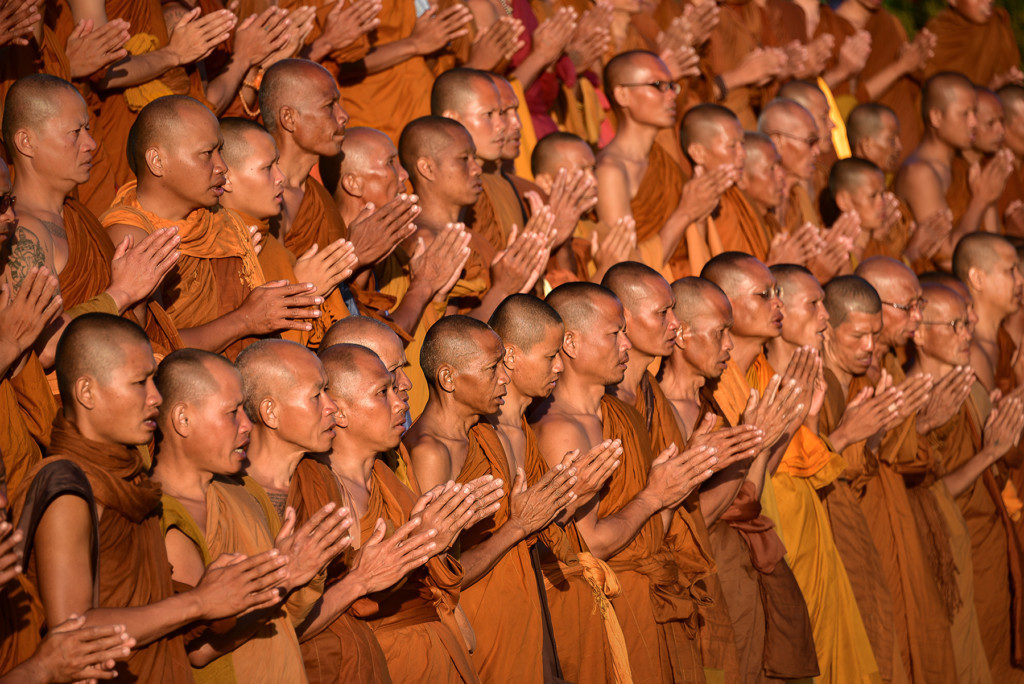
Can you tell us about your favourite photograph you’ve ever taken?
I have a lot of favorite photos and there are different stories behind them so it’s really not easy to choose. I will tell about one of them called “Under Aurora bridge”. I took this photo in Iceland on a trip I took in November 2017.
I was travelling with my friend with a clear purpose to photograph. We stayed in Iceland for two weeks and “caught” the weather, the polar light. The story of this snapshot is quite interesting. The weather was not at all suitable for shooting. There were clouds in the sky, and they always closed the sky, and it was impossible to remove at night.
Moreover, the storm wind and snow was continuous. I literally caught the “window” between snow when it was possible to pick up a polar light. The photo was taken at about 2 o’clock in the morning, and I spent almost three hours on location waiting for the sky to be clear of storm clouds.
This snapshot is one of a series. I set the camera to take a time-lapse and then chose the frame with the best phase of Aurora. I had two cameras with me, one big full frame and one small. When shooting this series of frames, the stormy wind blew my tripod over along with the big camera. Fortunately, I’d had the foresight to attach the big camera to me. If I hadn’t the camera would have easily fallen into the river. Of course, I could not catch both cameras at the same time, so the small camera fell to the ground, and the lens filter broke. But it could have been much worse.
It was cold, and windy, but I was rewarded with such a wonderful phenomenon. It was very beautiful looking through the storm at the polar light. The effort was worth it and I got an excellent shot.
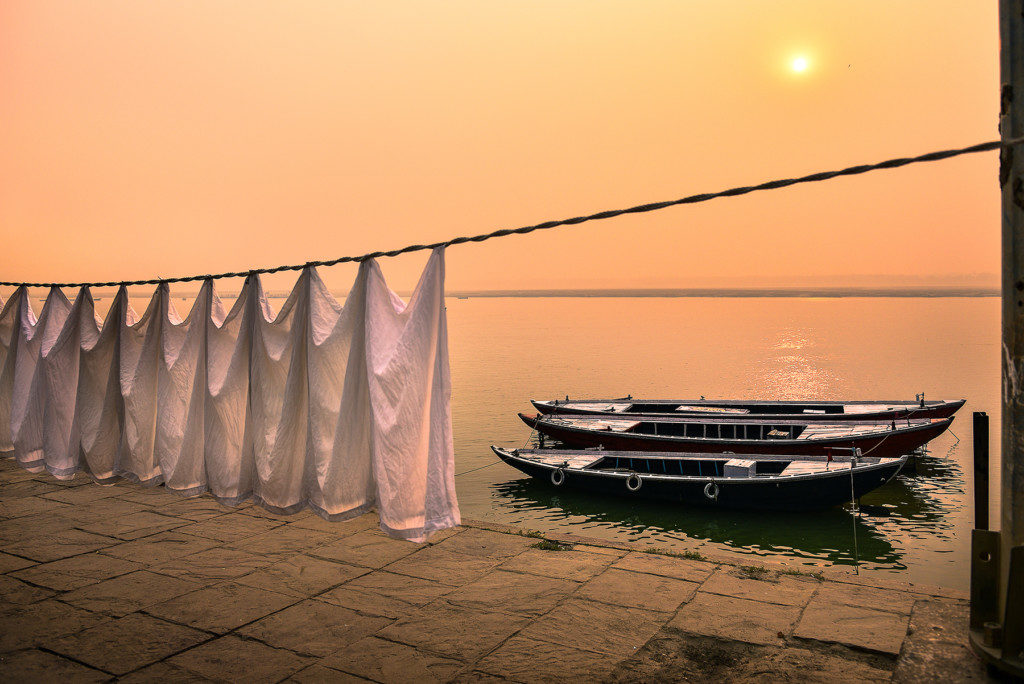
What equipment is in your kit bag?
In my bag I always have two cameras: Nikon D750 with 3 lenses – Nikkor 28-300, Nikkor 16mm F2,8 fisheye, Samyang 14 mm F2,8 and small mirorrless Panasonic GX850 with two Panasonic lenses 12-32 and 14mm. And most recently a compact drone appeared in my photo bag – DJI Mavic Air
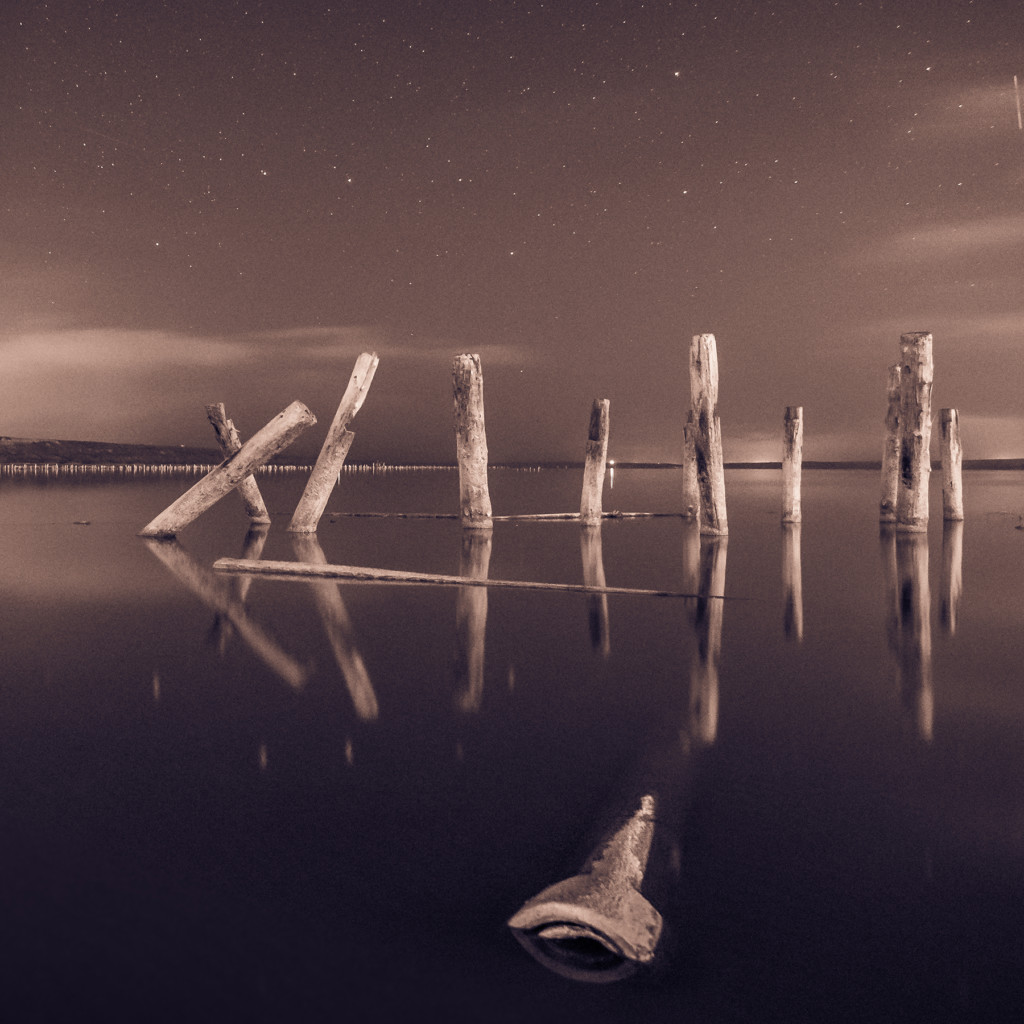
Do you have anything exciting on the horizon that you can tell us about?
Recently, I began to shoot with a drone. This opens up new perspectives and very interesting views for me. I am learning to see new things because of this. I sincerely rejoice in the new experience for myself, but do not forget my DSLR.
A few days ago, I won first place in a photo contest in Spain, and won a photo tour to the Sahara desert as a prize. I have not been to the Sahara before, and I am very glad to have the opportunity to take pictures of the night sky and travel photos in this beautiful place.
And lastly, a little advice from me – learn to sincerely, wholeheartedly admire the beauty and the moment when you press the shutter button of your camera – and you will have wonderful photos! Good luck and endless inspiration!